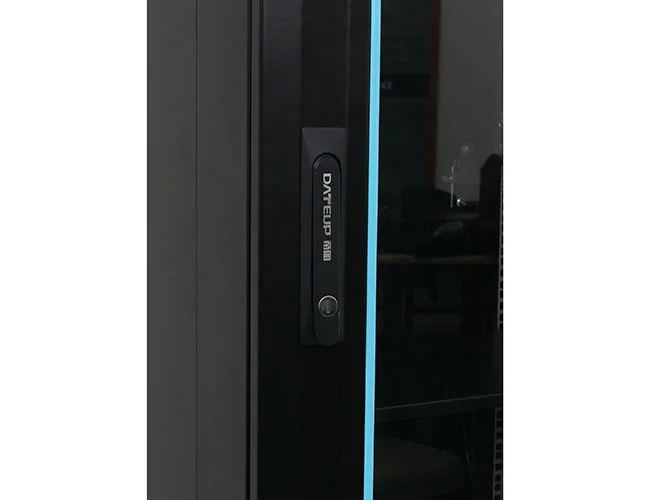News
Site Editor
 Site
https://leonetworkgroup.usa18.wondercdn.com/uploads/image/5fe152faa587d.png
Testing an RJ45 cable is essential to ensure that there are no issues with the cable's signal transmission or connectivity. RJ45 cables are commonly used for Ethernet networking, and any faults in the cable can lead to slow or interrupted data transfer. In this article, we will discuss how to test an RJ45 cable using different methods.Method 1: Visual InspectionThe first method of testing an RJ45
Site
https://leonetworkgroup.usa18.wondercdn.com/uploads/image/5fe152faa587d.png
Testing an RJ45 cable is essential to ensure that there are no issues with the cable's signal transmission or connectivity. RJ45 cables are commonly used for Ethernet networking, and any faults in the cable can lead to slow or interrupted data transfer. In this article, we will discuss how to test an RJ45 cable using different methods.Method 1: Visual InspectionThe first method of testing an RJ45
How To Test Rj45 Cable
Views: 638
Author: Site Editor
Publish Time: 2023-07-11
Origin: Site
Testing an RJ45 cable is essential to ensure that there are no issues with the cable's signal transmission or connectivity. RJ45 cables are commonly used for Ethernet networking, and any faults in the cable can lead to slow or interrupted data transfer. In this article, we will discuss how to test an RJ45 cable using different methods.
Method 1: Visual Inspection
The first method of testing an RJ45 cable is through visual inspection. Start by inspecting the ends of the cable for any damage or loose wiring. Make sure that the cable has the correct wiring configuration for the desired standard (TIA/EIA-568-A or TIA/EIA-568-B). The cable should have eight wires, and each of them should be connected to the correct pin on both ends of the cable.
Method 2: Continuity Testing
The second method of testing an RJ45 cable is by using a continuity tester. A continuity tester checks for the continuity of the wires in the cable and ensures that each of them is connected to the correct pin. A basic continuity tester consists of a battery, a light bulb, and two probes.
To use a continuity tester, connect one probe to one end of the RJ45 cable and the other probe to the other end of the cable. Touch the probes to each pin on one end, and then check the other end for a corresponding light. If the light illuminates for each pin, then the cable has continuity, and each pin is connected correctly. If the light fails to illuminate for one or more pins, then there is a fault in the cable.
Method 3: Cable Tester
The third and most reliable method of testing an RJ45 cable is by using a cable tester. A cable tester consists of two units, a transmitter, and a receiver. The transmitter is connected to one end of the cable, and the receiver is connected to the other end.
To use a cable tester, plug the transmitter into one end of the cable and the receiver into the other. Turn on the tester and wait for the results. The tester will check the continuity of each wire, as well as check for any wiring faults, such as crossover or reversed wiring.
Conclusion
Testing an RJ45 cable is essential to ensure that it can transmit data without any interruption or delays. Visual inspection, continuity testing, and cable testing are the three methods that you can use to test RJ45 cables. Always use a reliable cable tester when testing RJ45 cables to ensure cable connectivity and performance.
If you want to know more about industrial network cabinet,china fiber optic splice closure,china fiber optic distribution box,please consult the fiber optic splice closure factory









